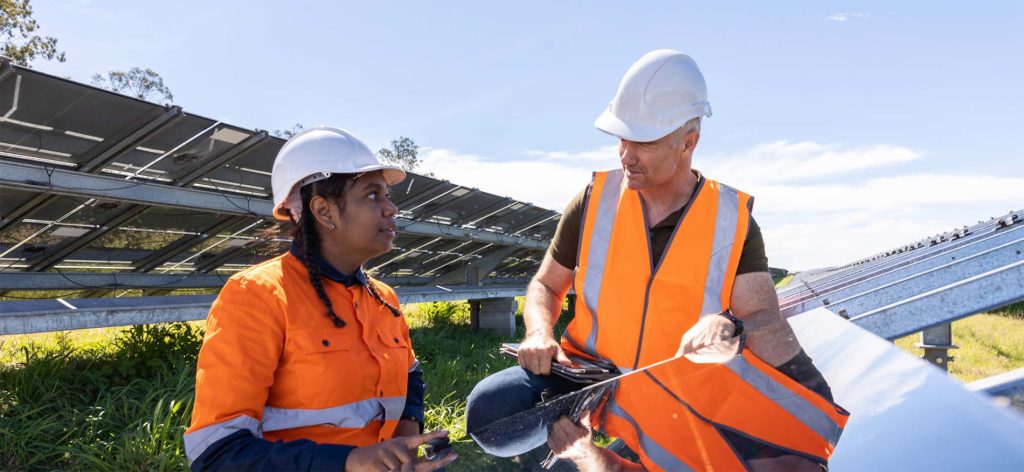Hiring conditions in infrastructure in 2023
As one of Australia’s largest industries, infrastructure is not immune to the effects of candidate shortages. Project delays due to an undersupply of talent continues to be one of the largest challenges the industry faces. According to the government’s Infrastructure Market Capacity 2022 Report, there was a shortage of 214,000 skilled workers in the infrastructure…
As one of Australia’s largest industries, infrastructure is not immune to the effects of candidate shortages. Project delays due to an undersupply of talent continues to be one of the largest challenges the industry faces.
According to the government’s Infrastructure Market Capacity 2022 Report, there was a shortage of 214,000 skilled workers in the infrastructure industry in October 2022. This shortage is projected to grow and peak at 248,000 people in 2023, representing 128% of the workforce. The workforce is projected to grow by only 8,000 people this year, so labour demands are not going to be met across the industry.
Major projects make up approximately 70% of the demand, with the workforce for major public infrastructure projects to peak at 306,000 in 2023. Additionally, the labour demands of smaller public infrastructure projects have doubled. These projects would usually require around 70,000 workers but will demand up to 140,000, worsening the demand for labour.
Every occupational group in the infrastructure industry will experience shortages in 2023. Engineers, Scientists, and Architects will have the largest shortages, peaking at a deficit of around 68,000 workers. Shortages in trades and labour positions will peak at a shortage of approximately 65,000. Many projects are in their planning stages, but as these projects begin construction, trades and labour positions will overtake Engineers, Scientists, and Architects to experience the largest shortage.
Finding candidates with the required infrastructure experience will be difficult in 2023 and beyond. Employers looking to hire should explore adjacent workforces to fill positions. Approximately 874,000 people are working in other construction sectors in Australia, who may only take up to 6 months to train in infrastructure positions. Compared with job seekers from industries outside of construction who will take up to three years to train, these candidates are a quicker solution to labour shortages.
However, adjacent workforces do face similar shortages within their own labour markets. The unemployment rate is sitting at a historically low rate of 3.4%, and candidate shortages are being felt across all industries in Australia. To stay competitive in the infrastructure industry as well as in adjacent labour markets, infrastructure employers will need to focus on their employee value proposition and look at alternative hiring strategies to attract top talent.
If you’re looking for a specialist to partner with to overcome the market challenges, contact our team today to learn what a tailored recruitment solution would look like for your business.
If you’re looking for hiring advice in 2023, take a look at our hiring guide below.








